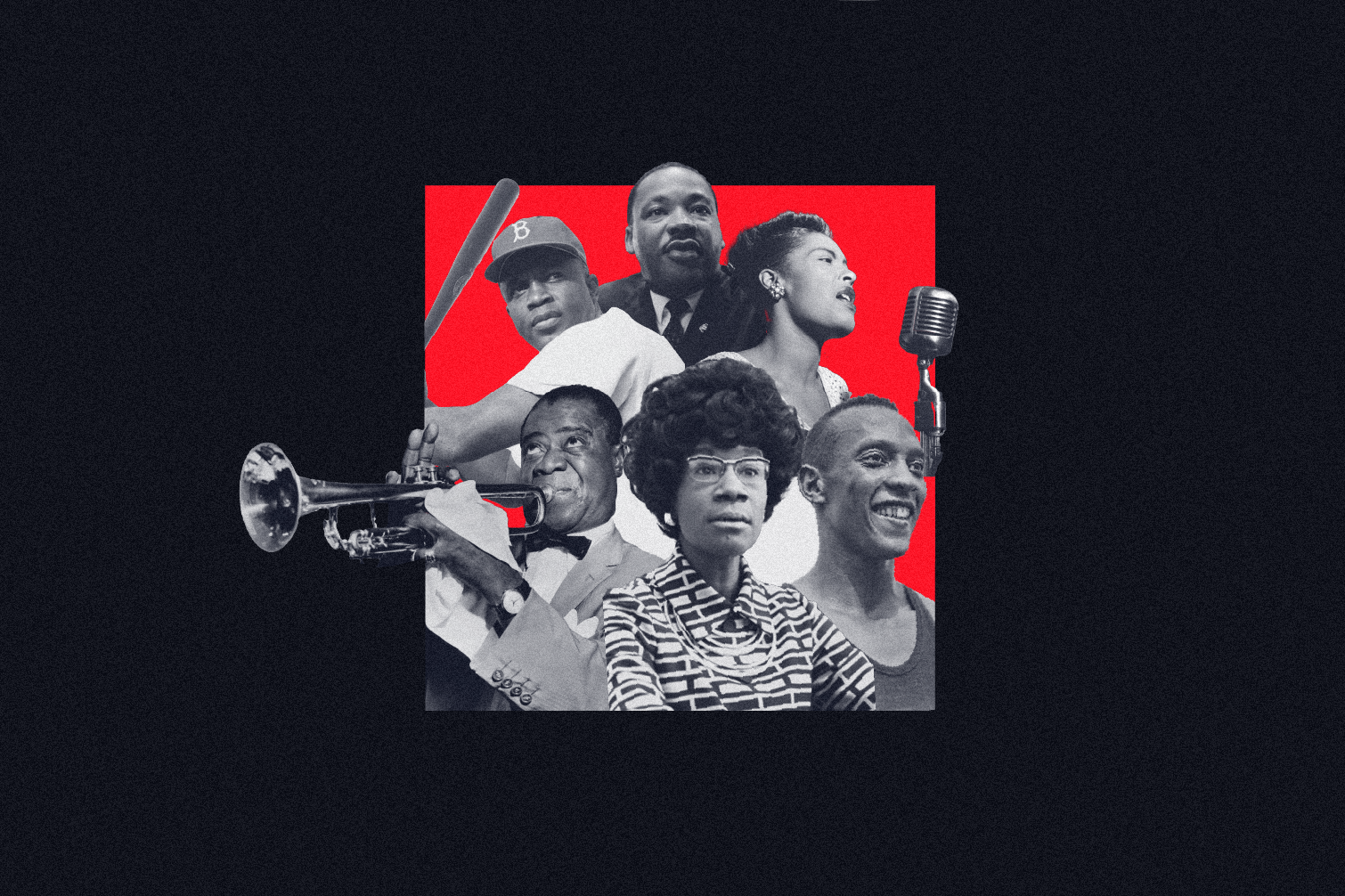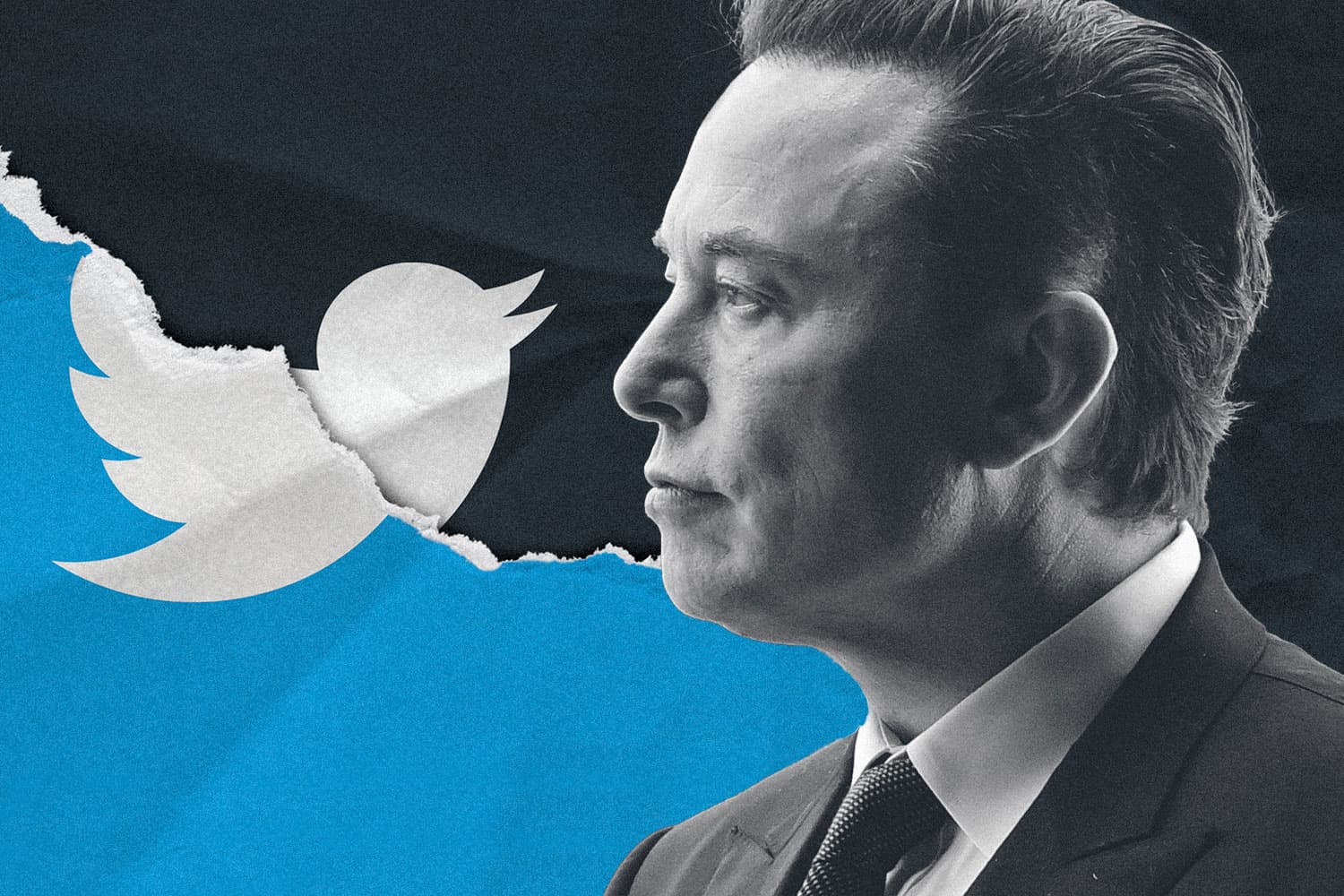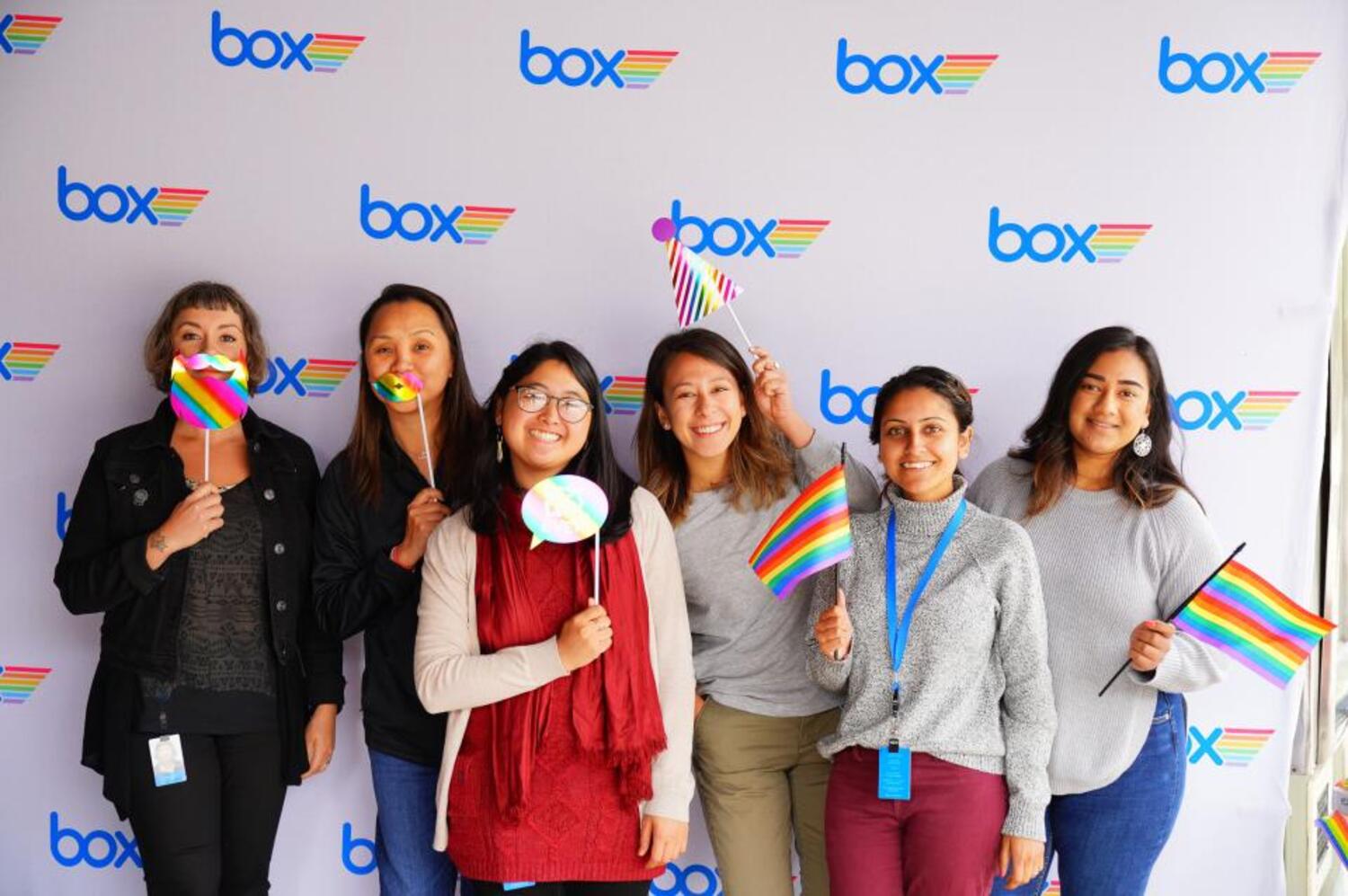Black employees, Diversity & Inclusion, Employee Experience, ERGs
You need more than an affinity group to help your people feel included.
Before Great Place To Work®, my experience with employee resource groups (ERGs) was a mixed bag.
I worked for an organization that had multiple offices, and ERGs were present at each location. I made connections and received informal mentoring, and that helped me feel welcome. But the ERG at my location lacked the “resources” in its title. There was no formal programming, no development opportunities, no resources curated for folks of a similar background.
In other words, it was an affinity space — not a place for professional development.
What is an ERG?
ERGs are spaces where people of similar background or experience come together in community.
These groups, sometimes called business resource groups, have been around for decades. However, they’ve erupted in popularity over the last handful of years as organizations have made diversity, equity, inclusion & belonging (DEIB) a strategic priority.
Just because you have an ERG doesn’t mean that you are having the desired impact. A successful ERG needs engaged executive sponsorship, active membership, and an appropriate budget, according to Great Place To Work research. ERG leaders often take on added responsibility on top of their day-to-day work, often without additional compensation.
In a 2021 case study, three out of five ERG leaders were individual contributors, having no formal management position or authority within the organization. Roughly half (51%) reported an annual budget of $5,000 or less. In written comments, ERG leaders said time, money, dedicated support, and recognition of their contributions were top ways to improve the effectiveness of the ERG within their organization.
Black Resistance
The theme for Black History Month in 2023, Black Resistance, asks us to reflect on the oppression African Americans have endured historically and continue to experience today — and how Black folks have overcome that oppression.
When thinking about “resistance,” we may think of protests as acts of resistance, but knowledge transfer is also an act of resistance. Black literacy was once punishable by death, and it was an act of resistance to teach others how to read and write.
In the workplace, ERGs are also an act of resistance — a knowledge transfer to help each other bolster careers — but only when an ERG offers more than an affinity space, such as tools for professional growth.
We are early in our ERG journey at Great Place To Work. BERG, our ERG for Black employees, was the first ERG at the company, founded at the end of 2020. Still, we have been able to impact Black employees at the organization.
Here’s what we’ve learned, and how you can develop your own meaningful ERG:
1. Get a baseline measurement.
Our BERG co-founders made the case to start the group after reviewing our own Trust Index® data. There was a marked difference between Black employees’ scores and other races/ethnicities, and an even more pronounced one for Black women. Without this data, we wouldn’t have a companywide view of the Black employee experience.
No matter where you are in your journey, measuring the experience of underrepresented groups is the first step.
2. Establish your ERG’s guiding principles.
At the outset, our founding members established a charter for our ERG. This document informs our members and the larger organization of what we are about and what they should expect.
BERG’s most important community agreement in the charter is confidentiality. Our membership is confidential, except for BERG’s leadership, to protect Black employees and create a safe space for their growth. While individual members are more than welcome to self-identify, there is no list of members anywhere, and we never record BERG-sponsored meetings. This allows members to be fully present and psychologically safe — what is shared within the ERG stays there.
Here are some questions to ask group members when forming an ERG:
- What is our purpose, vision, and mission?
- Who can be a member? Is membership private or public?
- What are our expectations, both for ourselves and for each other?
- What is our leadership model?
- What is our recruitment and retention strategy?
- What is our decision-making process?
- What is our budget? How will it be used?
3. Seek meaningful executive sponsorship.
Our ERG leadership meets with our executive sponsors biweekly to ensure that our programming is in lockstep with the overall organization. Our mission is to be an accountability partner, working with company leaders on strategies to support both Black employees and our broader business goals.
Engaged executive sponsors also provide visibility, growth opportunities, and relationship building for BERG members.
When meeting with executive sponsors, here are some questions that have been effective:
- How can we support the larger objectives for the fiscal year?
- What can we do to help the business in the next 90 days?
- Are we off-base in our programming? What can we do to get back on track?
When asked what sets BERG apart from other ERGs, one company leader shared: “A clear commitment to supporting the overall goals of the business.”
4. Offer opportunities for professional development.
Your ERG should create a safe space for folks in underrepresented groups. You can take it a step further by providing access to senior leaders, offering personalized support and development, and creating leadership opportunities. When folks can bring their full selves to the ERG — and get professional support from people who are going through the same things — there is no limit to what can happen for your people and your business.
What resonates for BERG members
Here’s how some members say BERG has changed their experience in the workplace:
“The best part of being a BERG member is the focus on personal development. I love that many of us are truly focused on career progression and share advice and resources. BERG has provided resources and guest speakers to help me frame my goals and my participation has demonstrated my leadership ability to my manager.”
“Intention sets BERG apart. Here, you can be inspired by the experiences of not just your peers, but your leaders. Here, you can feel empowered because your unique gifts can be used. Here, you have plenty of mentors to choose from who are transparent and eager to offer you guidance and a listening ear.”
“Resistance has been an ongoing theme in my life. My father is African American. My mother is Native American. I grew up on the Navajo reservation and lived there my entire life. It wasn’t until the fourth grade that I began to realize I was different. My hair was different, my skin was darker, and there were not many people in class who looked like me. When I would speak my Navajo language, people would laugh because to them, I am a ‘black girl speaking Navajo.’ On the other hand, when I wanted to celebrate my African American heritage, I would get comments that I am not fully Black or do not act “black enough.” As an impressionable teenage girl at this point, how was I to comprehend this?
The feeling of being ‘different’ continued throughout college and into adulthood. It seemed that no matter where I went there was always a silent impression of what Black people should be. When I did not fit that mold, I was treated differently. I always wondered, ‘At what point will I be accepted for simply being me?’
It took joining BERG to begin to fully accept and appreciate my identity. Our leaders are proud of their blackness and seeing that pride being displayed at all levels of the company gave me the permission I didn’t know I needed to be proud too! I cannot change who I am, but to have a sense of community that understands and can relate is exactly what I had been searching for.”
Understand Your Employees
Compare the experiences of your employees with the most credible benchmark data available, and sign up for our monthly newsletter to access information on this and other topics essential to company culture.











